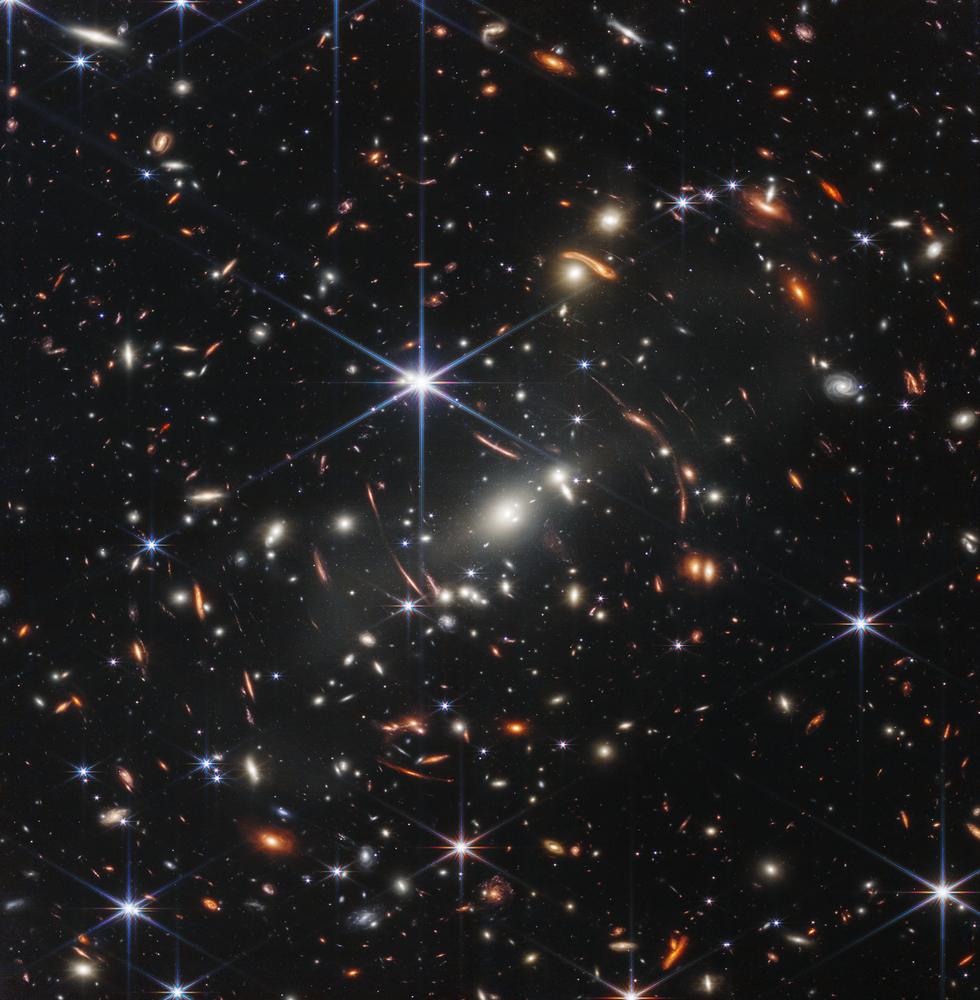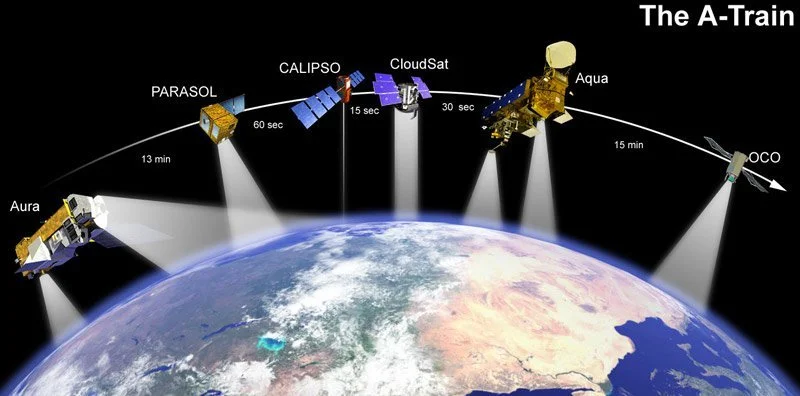
-

NASA Satellites Illuminate Pollution's Influence on Clouds, Climate
Dr. Jiang and his colleagues used sensors from multiple satellites in the Afternoon Constellation, more commonly called the A-Train, to find that South American clouds infused with airborne pollution – classified as "polluted clouds" – tend to produce less rain than their "clean" counterparts during the region's dry season. Details of the findings are presented today at the American Geophysical Union's 2008 Joint Assembly in Fort Lauderdale, Fla.
-

NASA Study Untangles Smoke, Pollution Effects on Clouds
A new study helps answer decades-old questions about the role of smoke and human-caused air pollution on clouds and rainfall. Looking specifically at deep convective clouds -- tall clouds like thunderclouds, formed by warm air rising -- the study shows that smoky air makes it harder for these clouds to grow. Pollution, on the other hand, energizes their growth, but only if the pollution isn't heavy. Extreme pollution is likely to shut down cloud growth.
-

NASA Uses Earth as Laboratory to Study Distant Worlds
The study of exoplanets -- planets that lie outside our solar system -- could help scientists answer big questions about our place in the universe, and whether life exists beyond Earth. But, these distant worlds are extremely faint and difficult to image directly. A new study uses Earth as a stand-in for an exoplanet, and shows that even with very little light -- as little as one pixel -- it is still possible to measure key characteristics of distant worlds.

-

Study: Long-Term Global Warming Needs External Drivers
A study shows in detail, the reason why global temperatures remain stable in the long run unless they are pushed by outside forces, such as increased greenhouse gases due to human impacts.
-

Science Fair Project Spins Up NASA Hurricane Study
Ms. Zhai and Dr. Jiang are the first to quantify the economic impacts of increasing hurricane size.
